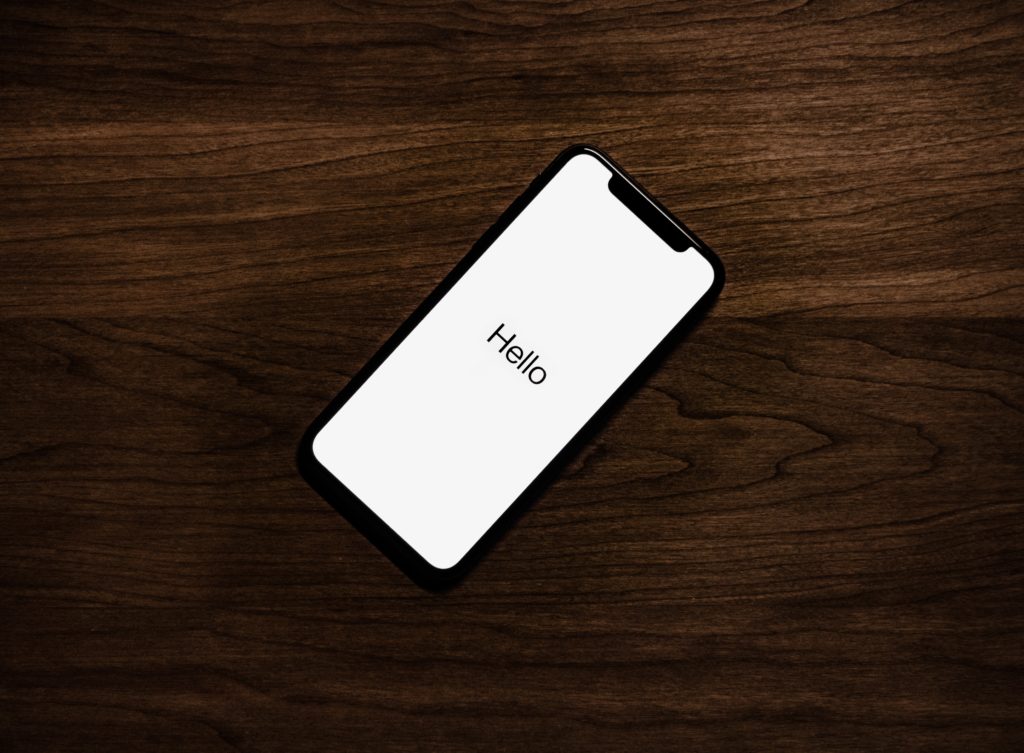Growing up in the Steve Jobs and iPhone era
Growing up an adult in the late years of Steve Jobs and the beginning of the iPhone era, I got familiar with the expression that was used by Steve Jobs and Apple to define their approach to product design and company development: “saying no to a 1000 things”.
I didn’t really understand it until it started to steer an existing business into the future.
Focusing on limiting functionalities
Apple being a large company with a worldwide presence, they have a lot of customers. These people wished to get functionalities or new products and Apple would then say no to them.
In a nutshell, bluntly sharing facts it could be close to correct.
Narrowing your focus to do fewer things better
However, the focus of the expression is not about negating features because they are not good or there are too many, and which would impair design, but that you want to narrow your focus.
What makes the product great is not to ship fewer features by saying no to many.
It’s more about saying to so you can spend most of your time improving the few wonderful features you’re working on.
To develop your business, you’re tempted to want to increase the number of products, or to add new features to your existing products. You think that it would add market shares, or diversify your investment.
But the implication of adding new products into a range would spread your teams too thin on many products and features, which would then be of lower quality.
By delivering more products with lower quality, you end up being good in none of them. Your competitor will focus on one product and make it excellent. Your dozens of products will have dozens of excellent competitors, and you’ll be dead before you know it.
Real-life example: joining a 35 years old business
I joined a business with more than 35 years of experience, that had been focused on delivering the custom made piece of machinery that every customer wanted.
The company had developed expertise in many different fields, whilst run with under 10 employees.
Delivering one-off machines to the customers
The focus was put on satisfying every customer with every specification they wanted.
But designing one standalone machine for every customer implies a huge amount of variability in the process.
Not only you need to have talented people to manage such process, but you create a new set of drawings, new chassis and components, new suppliers, new documentation, and training the entire team to that product.
And when the product is delivered, you need a top qualified team to follow the customer with after-sales service.
And since every product is different, you are not integrating it into your range of products, and not giving it to your sales team to sell.
The cost of opportunity
That amount of variability is the hidden part of the iceberg.
While you’re chasing the details of that new machine, you’re not developing the innovative new machine that would satisfy most of your customers.
How to concretely lead the change of focus in a small B2B in a manufacturing business
In the reality of a smaller business, you can’t suddenly say no to the request of your customers.
Since your turnover is relying on a more limited number of customers.
You’d be out of business in a short time span.
Focus firstly on internal standardization
In order to better serve your customer while removing variability, you need to first:
- Create a standard set of internal processes,
- Create a common platform for your products so you limit the number of different components,
- Limit the number of different components
Without changing the products in the eyes of the customer, you’re creating the roots of the change, by improving your operations.
You’ll have tools in place to reach the next steps.
Secondly, analyze your profit margin
Analyze the profitability of products, and drastically remove the ones that bring a low volume of gross margin.
I also like to compare the profit margin per workshop hour worked. That indicator helps determine which product brings more margin for the same amount of workshop hours capacity.
It means that instead of hiring employees in your production or pushing them to increase productivity by a small amount, you have better leverage to deliver a product with x2 or x5 € or $ of margin per hour work.
Focus on the top of the pipeline
The root of the variability is the sales prospection part. Growing a company organically for 35 years, you end up with most of your sales coming from existing clients.
If you don’t prospect actively for your ideal clients to sell your ideal products, you won’t manage to provide your market with the right product, and you indefinitely create the variability.
Transitioning progressively
To sum up, saying no to 1000 things means that you should rather focus on few things done with excellence, rather on spreading yourself too thin on many areas of interest.
For a small business, you can’t say no to 1000 things since you have a smaller amount of clients representing higher amounts of turnover.
I believe a longer period of transitioning the business will have to occur, firstly focused inwards improving the operation, and secondly focused on business development and innovation.
You will smoothly transition towards more innovative and profitable products, without stoping your service to your core customers.
